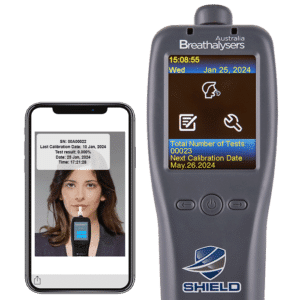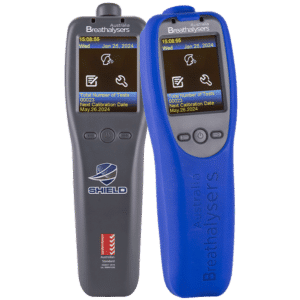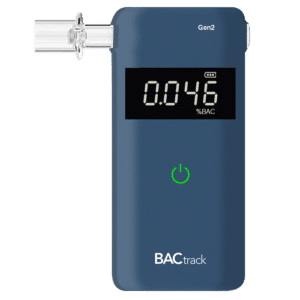FAA Drug and Alcohol Testing Program: Purpose, Regulations, and Applications
19 February, 2024
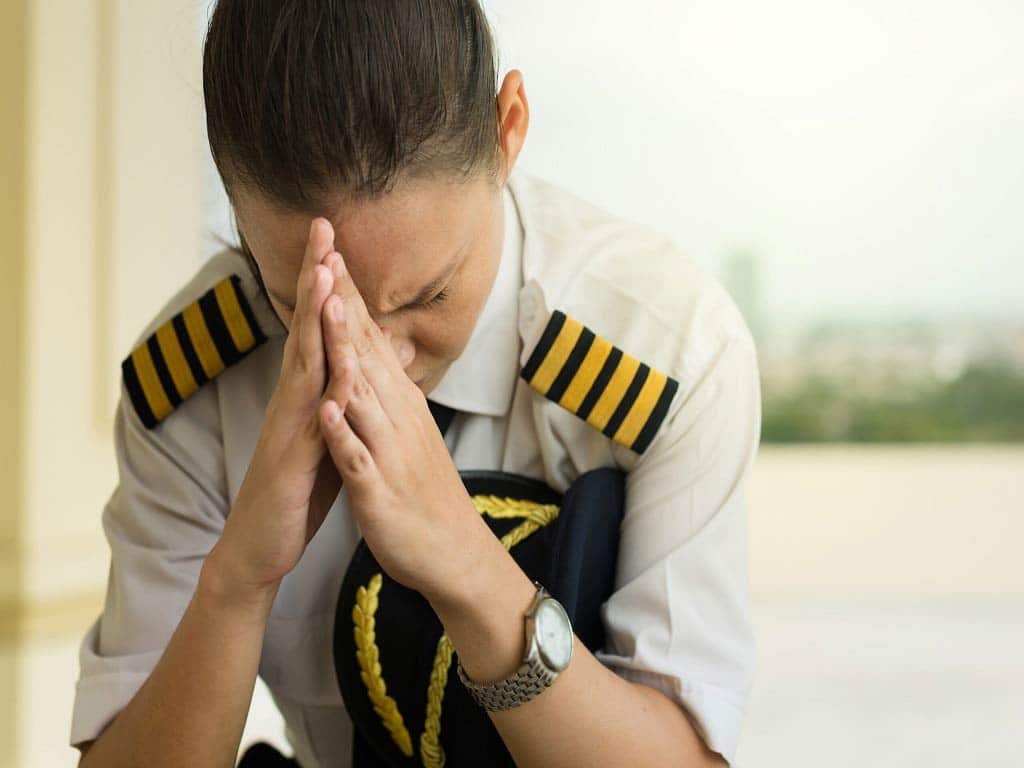
The Federal Aviation Administration (FAA) is responsible for maintaining the highest safety standards in the aviation industry. It oversees everything from safety regulations to aircraft operations. As such, part of its function is to enforce the FAA drug and alcohol testing program. Its purpose is to detect substance use and impairments of all covered employees. This prohibits individuals with safety-sensitive duties from using illicit substances. Additionally, it is applied in pre-employment, random, and post-incident scenarios.
Drug and alcohol abuse have detrimental impacts on the physical and cognitive functions of a person. It is even more amplified when doing safety-sensitive functions, such as driving or operating heavy machinery. Therefore, it increases the risk of accidents and injuries. This prompted federal agencies to establish drug testing programs to reduce safety hazards. This article will explore the purpose of the FAA testing programs, regulations, and applications.
Purpose of FAA Drug and Alcohol Testing Program
The purpose of the FAA drug and alcohol testing program is to ensure the safety and integrity of the aviation industry by prohibiting substance use. The transportation of passengers and goods by air carries a great responsibility. It is crucial that all safety-sensitive employees are not under the influence of alcohol or illegal drugs.
The safety mission of the program is to minimise the risk of accidents, injuries, and fatalities due to substance impairment. It also aims to deter substance abuse among employees, including pilots, flight attendants, air traffic controllers, and aircraft maintenance personnel. As a result, it helps protect the public from the dangers of impaired operators.
Moreover, the program serves as a deterrent to potential drug and alcohol abuse within the industry. Knowing that they may be subject to testing at any time, employees are more inclined to refrain from abusing or misusing drugs. It also encourages individuals to seek help if they have a problem. Therefore, compliance with the program is not only a legal obligation but also a way to maintain the trust and confidence of the public in the aviation industry.
The Need for the Testing Program
- Public safety: Frequent accidents caused by impaired employees can lead to mistrust. Hence, the establishment of drug and alcohol testing rules helps rebuild public trust and prevent accidents.
- Substance abuse prevention: Regular random testing helps deter flight crew and ground crew from drug abuse.
- Employee well-being: Promote the overall health and well-being of safety-sensitive employees and stakeholders.
- Statutory requirements: Drug and alcohol programs are mandated in all high-risk sectors, including the aviation or transportation industry.
- Cost reduction: Annual reports show high expenses in hospitalisation or insurance of employees or passengers due to accidents. Thus, monitoring drug use helps minimise these costs.
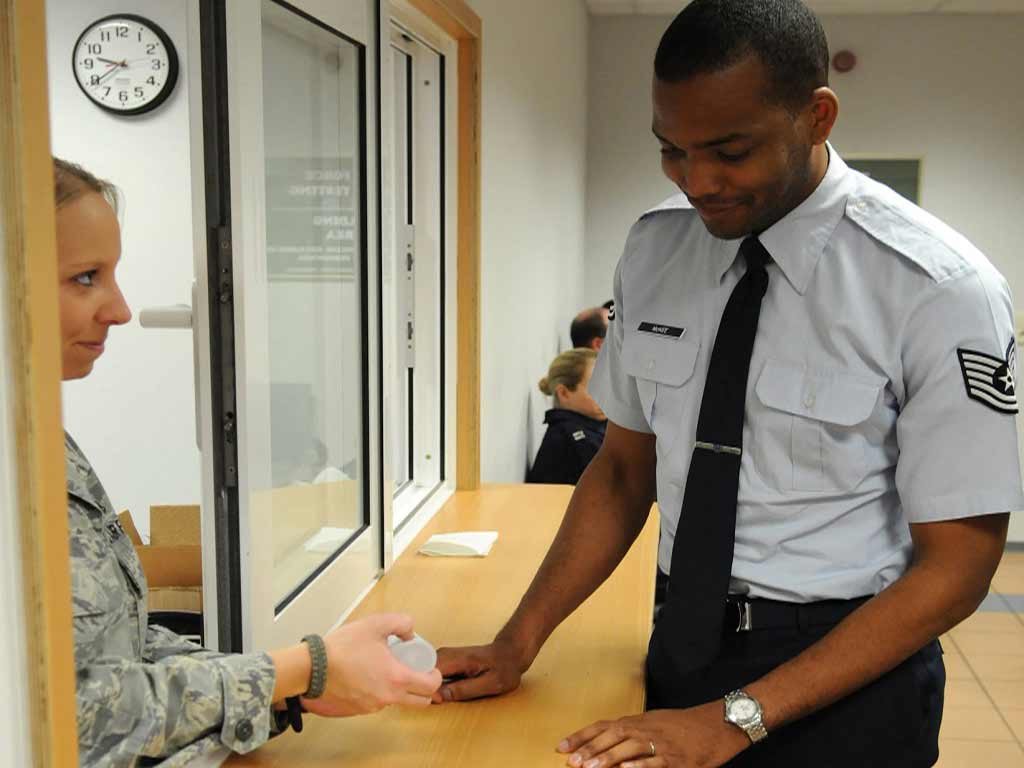
FAA Drug and Alcohol Testing Regulations
The FAA drug and alcohol testing regulations define substance abuse as the use or possession of alcohol and illegal drugs. This includes the use of prescribed drugs without a prescription or for recreational purposes, the misuse of alcohol, or the consumption of alcoholic beverages while on duty. Thus, all aviation personnel engaging in illicit substance use are subject to corresponding penalties.
The testing programs are under the Drug Abatement Division. It is responsible for administering and monitoring drug and alcohol testing policies. Moreover, the regulations outline the procedures, requirements and consequences for employees who test positive or refuse to undergo testing. This applies to all certificate holders, aviation employers, and airline mechanics.
Furthermore, the current regulations specify what situations warrant testing and what substances are included. These include ethanol, marijuana (cannabis), cocaine, non-prescribed opiates, phencyclidine (PCP), methamphetamines, and non-prescribed amphetamines. Additionally, it prohibits psychotropic drugs for aeromedical certification purposes, such as sedatives, tranquilisers, antidepressant drugs, and hallucinogens. Overall, compliance with federal regulations ensures fairness and consistency in drug detection.
Types of Tests Applicable
The alcohol and drug testing programs use several testing methods on various occasions. The standard type is the urine drug test. This procedure can detect a wide range of illicit drugs and prescription medications for up to 48 to 80 hours from the last use. It is the most common method because of its reliability and convenience.
Another type is saliva testing. This procedure analyses saliva samples, which can trace drug metabolites within the last 24 to 48 hours. Positive results can indicate recent consumption. Lastly, the breath test measures the breath alcohol concentration (BrAC) or the amount of alcohol in the system.

Applications of FAA Drug and Alcohol Test
The FAA drug and alcohol testing regulations include various circumstances on when to carry them out. The most common applications are pre-employment, random, reasonable suspicion, and post-incident. Firstly, pre-employment testing is for individuals applying for safety-sensitive duties. This test is to screen prospective employees for any substance abuse issues. Thus, it can help employers determine the most suitable candidates for the job.
Secondly, random drug testing is done at any time without prior notice to maintain constant vigilance against substance use. Thirdly, reasonable cause determinations and testing are crucial when there are observable signs of impairment. Supervisory personnel can request a test to promptly identify and address any issues.
Additionally, post-accident testing is vital to confirm if illicit substances played a role in an incident. This helps determine liability and prevent future accidents. Lastly, follow-up testing is for employees with previous positive drug results. It is often a part of the medical certificate they need to present to return to safety-sensitive duties. This ensures that they remain sober and fit for duty after completing a rehabilitation program.
Treatment Resources
Part of the drug and alcohol testing requirements is to provide treatment assistance to individuals struggling with abuse or addiction. When an employee tests positive or admits to a substance abuse problem, they are required to undergo an evaluation by a Substance Abuse Professional (SAP).
The treatment resources include rehabilitation programs, counselling services, support groups, and other forms of treatment. The goal is to help individuals overcome their dependency and provide them with the necessary tools for recovery. By offering these resources, the FAA aims to support employees in maintaining sobriety and ensuring a safe and healthy work environment.
Conclusion
The FAA drug and alcohol testing program is an essential component in ensuring safety in the aviation industry and the general public. It aims to identify all company officials and crew performing safety-sensitive services with substance abuse problems and take appropriate actions. These tests take various approaches, such as breath, saliva, and urine sample drug collection. It helps detect substances in the system indicating current impairments or possible disorders. Each has its own detection window and accuracy rate.
In addition, there are several applications for these procedures, including pre-employment tests, random tests, post-incident tests, reasonable suspicion, and follow-up tests. Therefore, it covers a comprehensive ground within the aviation sector. Furthermore, the FAA also requires employers to provide treatment resources for employees struggling with addiction. By implementing these regulations and providing support, the agency aims to maintain a safe and healthy work environment.



















